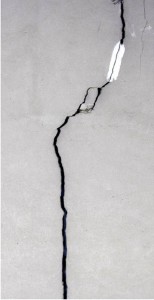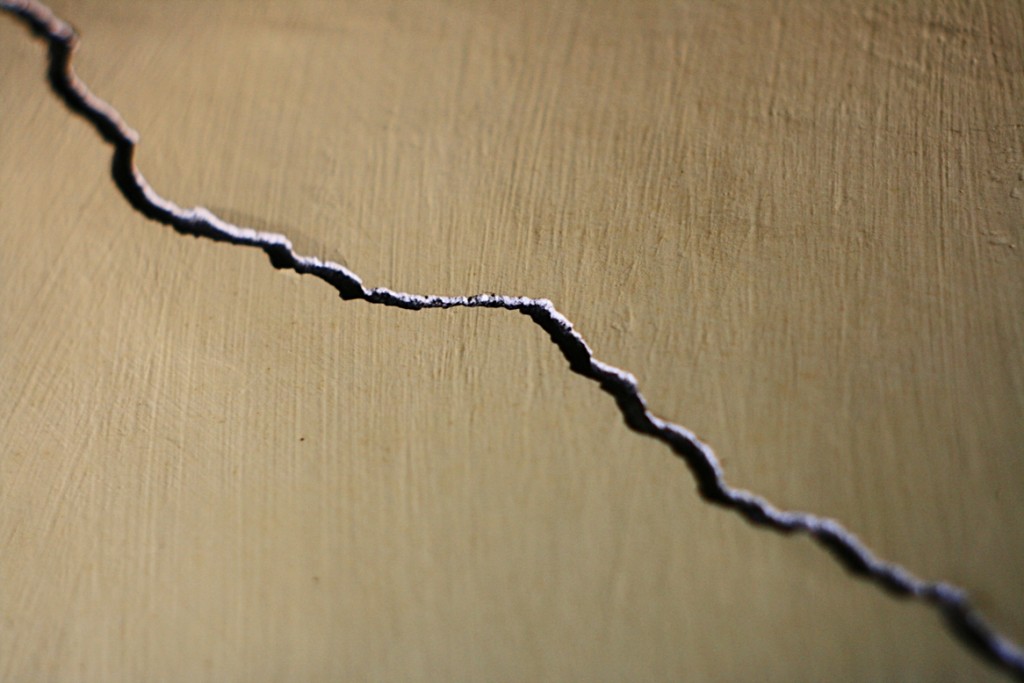We ask Oktay Hamit, a retired structural and civil engineer, BEng, CEng, MICE, to explain:
There are no perfect houses. Whether you have a new home or one that’s a hundred years old, houses have cracks, as they all shift and settle into position after construction. Before you start filling in the cracks, it’s vital to know why they occurred.
Most are due to the cosmetic finish or structural components. Many have no structural significance, although some cracks do indicate more serious problems. If in doubt, contact a structural engineer. Below is a summary of the most common foundation cracks.
Shrinkage Cracks
A newly poured concrete foundation may contain small cracks because concrete shrinks as it sets. Shrinkage cracks in a foundation wall are not structurally significant. They usually occur in the middle third of the length of the foundation wall. If the crack is located towards either end, it’s probably not a shrinkage crack.
Here are a few simple ways to recognise if you have a shrinkage crack or not. If it is, it will be:
- Small, less than 0.3cm (1/8th of an inch) wide
- Vertical
- Not extending up through the structure, it remains in the foundation wall only
Horizontal Cracks in a Basement Foundation Wall
Cracks are common in the concrete foundation wall at below-grade (below ground floor) level. A horizontal crack that runs the length of your basement may mean the foundation is failing under the weight of the surrounding soil. It exerts an enormous pressure on the foundation wall, which is designed to be strong enough to resist this load. Occasionally, the pressure from unanticipated, additional loads means the foundation begins to fail, resulting in a horizontal crack.
Settlement Cracks

Settlement cracks are vertical, extending up through the structure. In brick homes, cracks are most visible around mortar joints, such as by windows and doors.
In most cases, the settlement crack itself has no structural significance, but does give rise to other concerns about whether the house will continue to settle over time.
Most settlement cracks are the result of short-term settlement. Ongoing settlement is unlikely and uncommon. It is very difficult to identify this from a one-time visit to the home. Experts draw on their experience to ‘read the cracks’ and take an educated guess as to whether ongoing settlement is likely.
There are no hard and fast rules, but the larger the settlement crack size, the more likely it is due to ongoing movement.
Settlement cracks that have a total opening of less than 0.6cm (1/4 inch) are probably not due to ongoing settlement.
The direction of the movement is also important. A typical settlement crack is vertical. The bumps and crevices line up and fit together like the pieces of a puzzle.

If the crack face has moved in any other direction, such as a shear crack, the quarter-inch rule described above does not apply. This can be a significant structural concern.
A settlement crack that has been repaired and has re-cracked (not just a hairline crack) also could indicate ongoing movement.
Main photo of cracked wall – copyright: Ozzuboy / iStock





